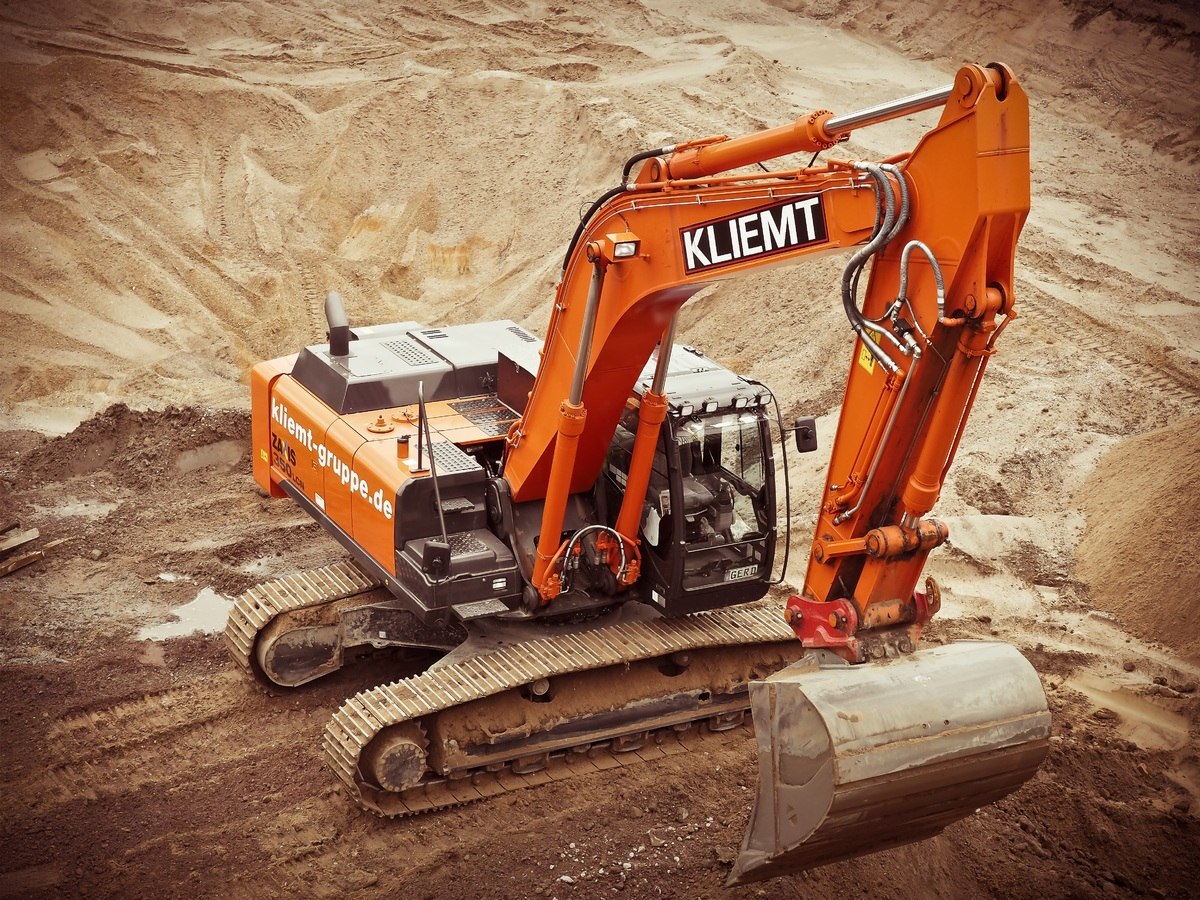Buildings and structures are static development works that are the outcome of construction activities; these may be a small house or a big bridge, and so on, which have their impacts on the environment. Exploitation of the local environment through vying for resources, air and noise pollution, and destruction of the local ecosystem are some of the major hazards of construction. Nevertheless, concrete actions combined with responsible construction workflows and sustainable technologies can significantly reduce the environmental impact of construction initiatives. To guide construction companies and developers who are seeking ways to lessen their environmental footprints, this blog post presents useful recommendations and approaches.
Use Sustainable Building Materials
This paper aims to analyze one of the strategies that can be taken to ensure that negative impacts on the environment by construction estimating company projects are minimized, and that is by the use of sustainable and environmentally friendly construction materials. This includes materials like:
-
Bamboo – This is a sustainable material that is environmentally friendly and is suitable for use in the construction industry for flooring and furniture such as cabinets among others. Bamboo is a comparatively young material and grows at a higher rate and seizes more CO2 from the atmosphere than some of the well-known woods.
-
Recycled steel and aluminum – using them as materials from scrap significantly decreases the related carbon emissions and energy consumption because the raw materials do not have to be extracted and processed.
-
Sustainable concrete – One of the major sources of environmental pollution is the process of producing concrete since it emits carbon dioxide during the heating process of cement. However, modified concrete blends that incorporate industrial waste byproducts can lower this footprint.
-
Renewable and recycled plastics – While selecting plastic pipes, wiring casings, and wall partitions, it is beneficial to use plastics developed from renewable feedstock or recycled plastics.
Some Of The Recommendations Use of Responsible Land Clearing Practices
Deforestation to provide room for construction causes severeness in the ecology of an area, brings about the destruction of natural habitats of species, and is usually detrimental to diversity. Builders should aim to protect existing vegetation and use responsibly land-clearing best practices such as:
-
Proper demarcation of construction zones to reduce the extent of clearance Bereich.
-
Transplanting all the protected vegetation that may be present on-site to other appropriate areas.
-
They should not fully clear the sites of the vegetation and trees that were growing in those places initially.
-
Restocking and restoring other areas that are now deemed unnecessary for the next military operations
Control Soil Erosion
Some of the construction work usually has large amounts of excavation work or site clearing which can lead to serious problems of soil erosion especially during the rainy season. Various techniques can be deployed to control soil erosion on project sites:
-
Blowing sand on exposed construction regions or employing biodegradable mats, plastic sheets, or temporary seeding.
-
Such measures include the use of silt fences, drainage channels, and sediment basins.
-
Restoring affected sites with native plants to the extent that is practicable as soon as possible.
-
They erect retaining structures and compacted earth berms.
Manage Construction Waste Responsibly
This waste can come in the form of debris from construction estimating service sites, leftover materials from a project, and general trash that adds to the list of problems associated with landfills. Builders should adopt responsible construction waste management plans:
-
Looking for a source of construction waste materials that can be reused, salvaged, or recycled.
-
Developing storage and sorting facilities on site to guarantee a proper organization of the received products.
-
Selecting the appropriate waste transportation and efficient and environmentally friendly processing partners.
-
Documentation of waste management activities along the entire project lifecycle.
Use Cleaner Construction Equipment
Petroleum-fueled generators, large vehicles, and heavy machinery associated with construction estimating services projects are often significant contributors to emissions of air pollutants and greenhouse gases at construction sites. Developers can opt for less polluting construction equipment options such as:
-
Electrified tools and implements
-
Machines that use biofuel with the energy source derived from renewable resources
-
Devices that include filters and catalysts as some of the initial equipment in emission control.
-
Modern equipment that is compliant with the latest emission levels.
Measures to minimize the environmental costs of construction also entail planning, capital, and adherence to sustainable construction principles. However, as global warming and environmental concerns move to the strategic agenda for many businesses, top construction companies have woken up to their responsibilities of carrying out development that is less harmful to the environment. Through proper adherence to the best practices on construction responsibility, as explained in this blog post, the builders can ensure that they are environmentally sensitive while also preparing their projects for the future. Now is the time for the construction industry to take its responsibility and lead the way in creating a sustainable.






